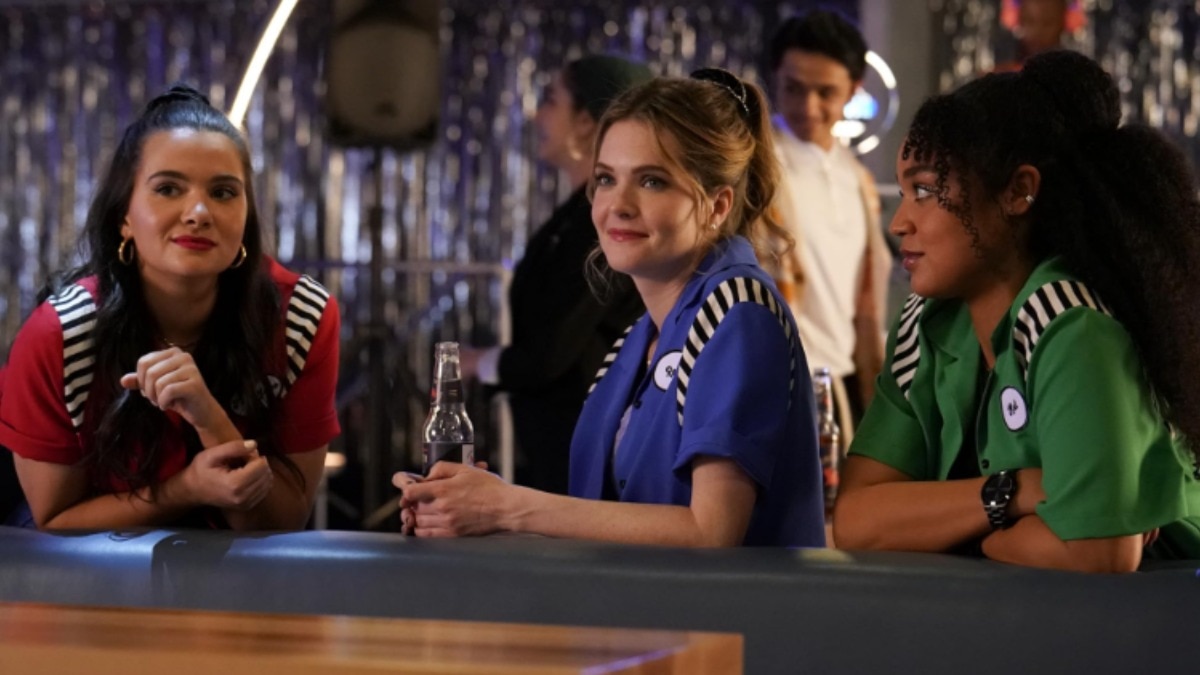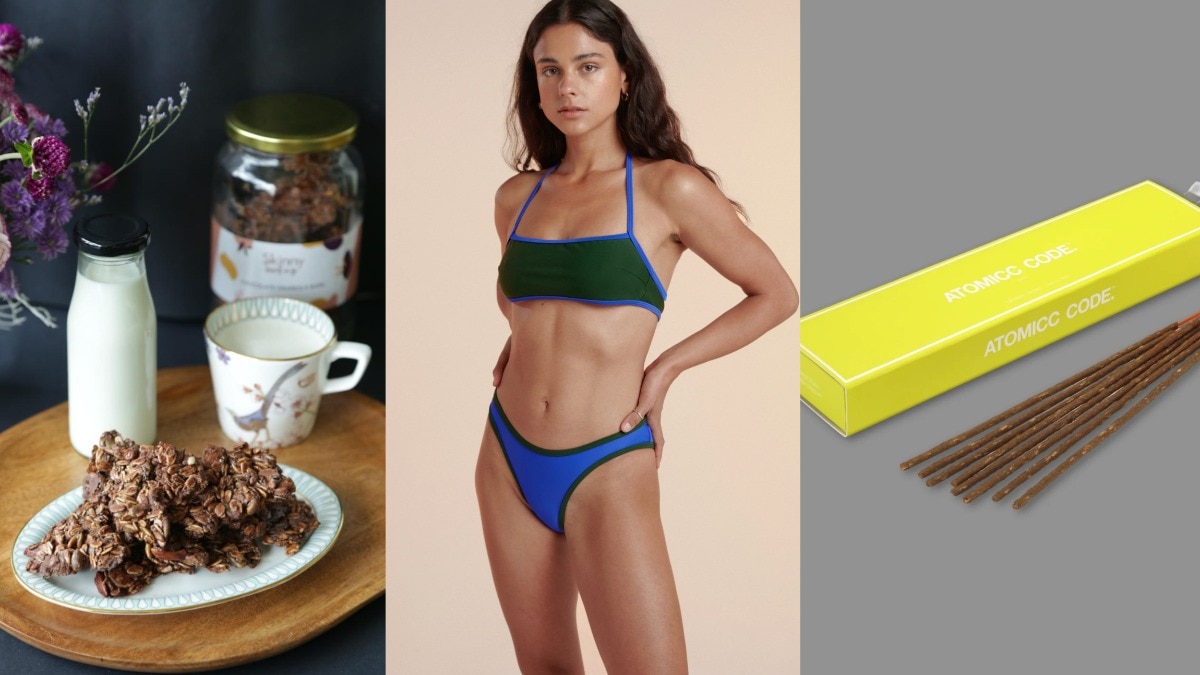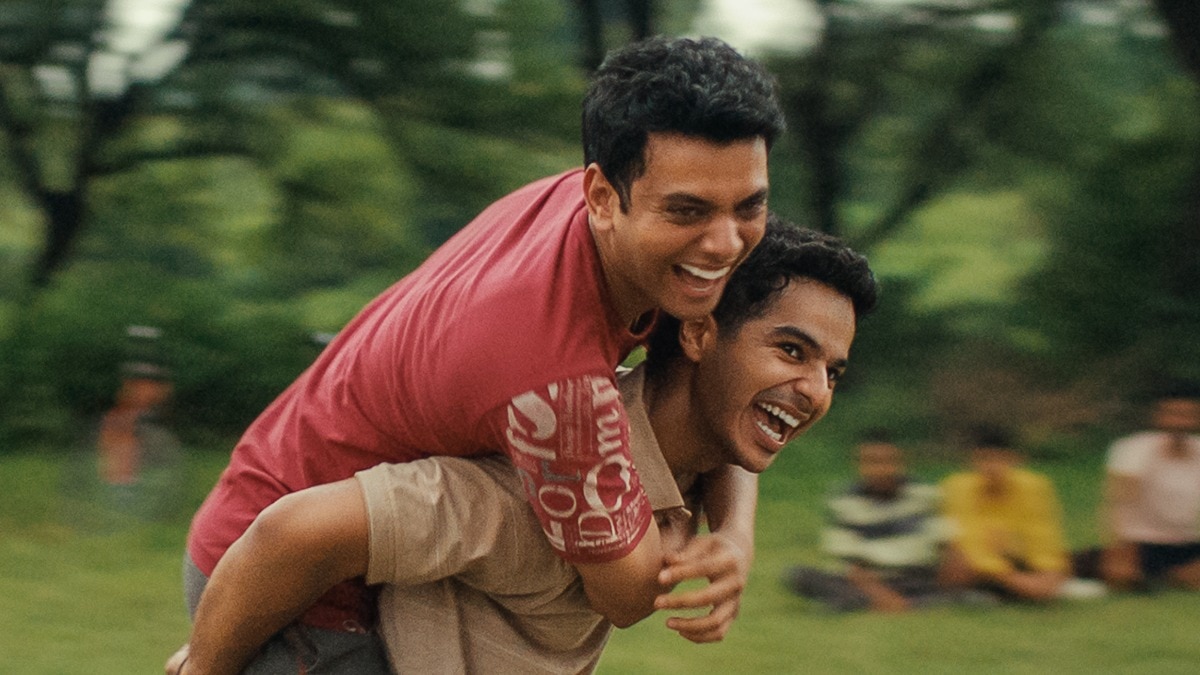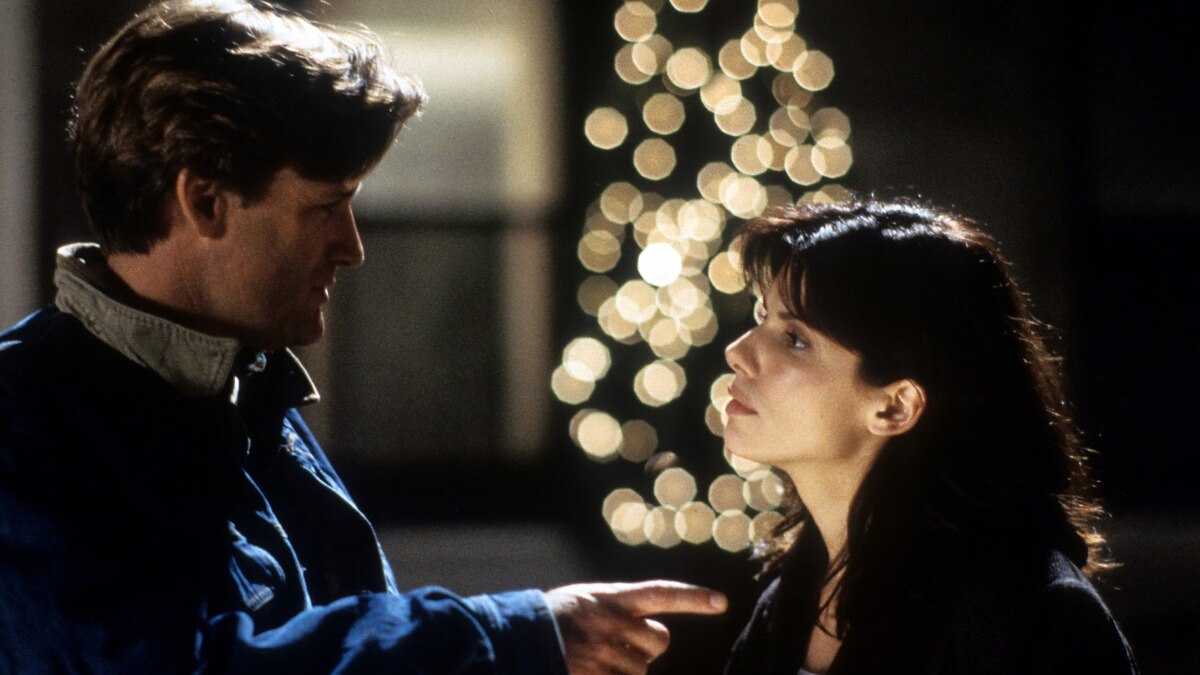Chef Vikas Khanna is out with a 14-min documentary, we got all the details
The award-winning Indian chef, restaurateur, filmmaker and humanitarian speaks to Bazaar India about Barefoot Empress, the commonalities between cinema and his culinary adventures, plus, what keeps him going.


He’s made headlines with his food and restaurants, and now it’s time for Vikas Khanna, the Indian-American chef, best known for his exceptional culinary skills, to make all the right noise with his films. After his directorial debut, The Last Colour, starring Neena Gupta, Khanna is back with his latest release—Barefoot Empress, an inspiring tale of a 96-year-old woman in Kerala who decides to pursue her dream of getting an education. He also recently launched the "Back to School" campaign that gives girls an opportunity to get education. There is no stopping the man who makes food and films with all his heart.
In an exclusive interview with Bazaar India, Khanna, who continues to delight fans with his food and make movies that leave behind a lasting impression on the viewer, talks about Barefoot Empress, his learnings, the magic of films and food, and more.
Harper’s Bazaar: Karthyayani Amma, at 96, proved that age is just a number and we're never too old to learn. Among that attribute of hers, what inspired you to make Barefoot Empress?
Vikas Khanna: The issue of education for girls has been very close to my heart. Amma’s example became a tool for us—why does a woman have to live a life of indignity just because she is uneducated? In my previous film, I chose Holi as the subject and talked about the prevalent unjust practices against widows in Vrindavan and Varanasi. I have talked about what it actually (and symbolically) means when colours are taken away from people for no reason. In the movie, a widow in Vrindavan became symbolic to the larger issue. I took it to the United Nations and spoke about how these women don’t have access to the basic rights of celebrating a festival.
People ask me ‘Why are you making movies? You don’t have to prove anything’. At 50, I am learning new tricks and am in a new industry, and I do feel that the kind of voice I have will make people sit up and see the relevance of the subject.
HB: Could you tell us why you decided to name the movie Barefoot Empress?
VK: The movie was initially called Karthyayani Amma, because Karthyayani is one of the names of goddess Durga. I wanted to represent the power of a woman and thought it would be the perfect name. When we were shooting the scene where she’s walking to school to give an exam, I could see her effort, determination, and pain due to broken knees and walking barefoot. She’s never worn slippers her entire life. She’s walked like an empress towards the school.
HB: What was your biggest takeaway in the time that you spent with Amma?
VK: To begin with, I’m in awe of her. The movie was made over four years as we had to capture her journey across different stages. The intervals were vast because we had started shooting it before the outbreak of the pandemic. Things changed as the school shut down. She had to miss out on a lot in the process. She is in fourth grade right now. That said, my biggest takeaway was her willingness to share her story with everyone. She trusted me and shared details about her life, starting from her childhood. It was very heartwarming to see her open up.
HB: Do shed some light on your campaign—Back to School.
VK: Post the pandemic, the number of dropouts in school has increased. A lot of schools have shut down as well. It’s a domino effect—girls not going to school lead to women not being educated and empowered and thus getting married way before than they should. Under the campaign, we provide classrooms and nutrition, and find solutions for them via collaborations. We are here to support them in any way we can.
HB: Having donned many hats, do you channel your learnings from one field into another, if yes, how do you link film and food?
VK: Running a Michelin-star restaurant and making a film are very similar. For a film, the first thing I do is set up a stage, and it’s very much like setting up an entire restaurant. In my restaurants, millions are spent to make that stage, which is akin to the production of the film set. The second most important thing is the menu, and in the case of films it is the screenplay and the guidelines that people bring to the table—you can’t change much on the menu but there is room for it. If someone wants it spicy or with an extra element, then it can be done, like you give artists the liberty to expand and experiment. It thus brings us to the director or the chef, whose work is to capture the right moment of freshness at the right time and temperature and bring it to the table. There is an entire ecosystem. You can’t just have a room and the food. There is an entire process of preparation, people are involved in making things happen. It’s all time-sensitive since you spend so much time in the setup and you have a fraction of a second to capture everything. I realised this parallel when I was shooting Neena Gupta in The Last Color. 'Action' changes to 'fire in the kitchen'—a phrase we use when a dish is ready to go.
HB: Both films and food are filled with flavour. How do you want both of them to taste and feel as far as the audience is concerned?
VK: My inspiration for movies comes from Iran. As far as Indian movies are concerned, I like the Shyam Benegal and Satyajit Ray era. From the recent bunch of movies, I loved Masaan. I feel that the artist can’t be crying more than the viewer. I feel that the people watching the movie should respond much more than the people going through it. I pick my editors from different countries and they have the same reaction to a dramatic scene. Once you see the style of the film, you need to feel more about Amma’s happiness than Amma herself. Their stories are so powerful that the actors don’t need to act.
HB: Films and food are both fast-moving landscapes, how have you adapted and what do you do to stay ahead of the game?
VK: I produce and write my own work. I don’t work with production houses, and thus I am not answerable to anyone else. A lot of people ask me if I get a return on my films and I find that very strange. I do feel that the impact, timeliness, and meaning of the movie will survive, which matters more than monetary gain. In the USA, the movies that make so much money aren’t the ones that make it to the Oscars. I don’t have to worry about the changing landscape as I have to make honest work. The moment production houses are involved, you tend to become influenced.
HB: What are the innovations in food and films that you plan on implementing?
VK: My next film is with Shabana Azmi, who plays a failed chef in New York. It’s about highlighting important aspects of Indian food in America, the issues that chefs face there, and what it takes to get a Michelin star.
HB: What’s the secret ingredient that both films and food must have?
VK: They both can’t have only one flavour. It has to make an impact and linger on your mind. When you finish it, you should not be able to forget it easily. It has to be more than a one-time watch. Some of the oldest movies that have survived, have all been made straight from the heart. My most favourite movie is The Shawshank Redemption. Satyajit Ray’s Pather Panchali had the worst review in the New York Times, but it doesn’t matter. It stood true to the test of time and that’s how honest a film or a dish should be.
HB: While you are fostering your relationship with films and food and bringing it out to us, what relationship should we, as an audience, have with the two?
VK: I love how both have the ability to transport us. Food can take you back to your childhood, to your home, a time where everything was happy, healthy and everyone was together. Sometimes the poorest times of your life are the happiest—we just don’t value it. Movies have the same effect. You’ll be transported to a woman’s heart and her world, a tiny village in Kerala that you won’t find on the world map. It’s the same in the Shabana Azmi film as well.
HB: What do you eat and watch when you’re away from home?
VK: I eat the same food. It may be boring for others, but I like it. I’m disciplined. I’m a ‘multi-grained khichdi’ guy, who loves eating fruits. The only thing that I’m addicted to is coffee. It’s a cultural thing. I drink five to six cups of double espresso shots. I always carry it with me. In the USA, there is stigma surrounding Indian food—some say that it has too much smell, some think that our restaurants are not clean. Thus, I ensure that when I walk in, I’m the fittest and the cleanest so that the chefs don’t dare say anything.
I don’t watch too many movies, I watch documentaries. Succession was the last show I watched. I don’t watch web series as you get really hooked on to it. I’m not a fan of big-budget films. Sometimes, I don’t even recognise the stars eating at my restaurant. As far as music is concerned, I am obsessed with Sufi music. I had a prep chef at one of my restaurants who used to play it in the kitchen and I got absolutely glued to it. Besides that, there’s always Pink Floyd and Simon & Garfunkel playing in the background.
HB: You’ve also mixed food and philanthropy through countless initiatives, what keeps you going?
VK: My mother. I say this because, as an immigrant, I left when she needed me. I’m always guilty of leaving everything behind. Everything I do, I do it to make them feel proud to see what I’m doing and what I left them for, and let them know that I wouldn’t be able to do it in Amritsar.
HB: What do you consider to be your greatest blessing?
VK: I think being Brown has been my biggest blessing. A lot of people run away from it here in the West. For me, it’s worth a lot and something that I embrace wholeheartedly. I never hide behind a fake accent or being someone I’m not. The moment I took an accent, I realised that I wasn’t being authentic. If we can learn their names and accents, they have to do the same. It’s important not to sell yourself and lose your identity in the process.










